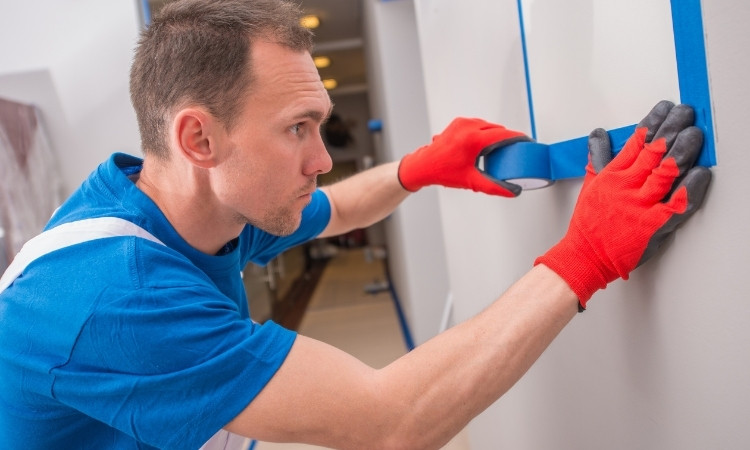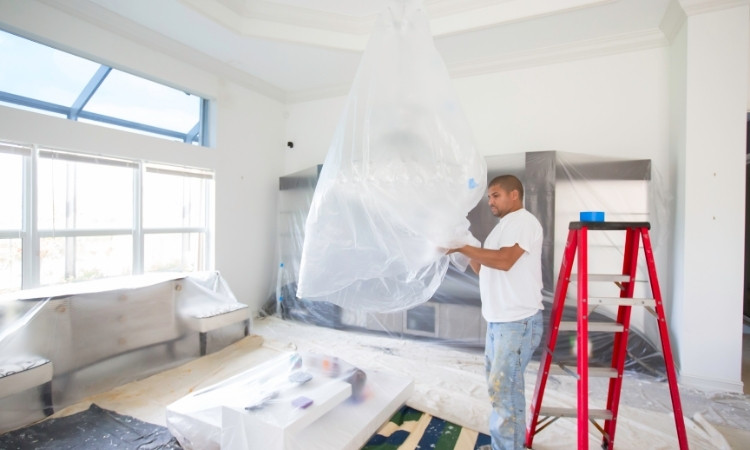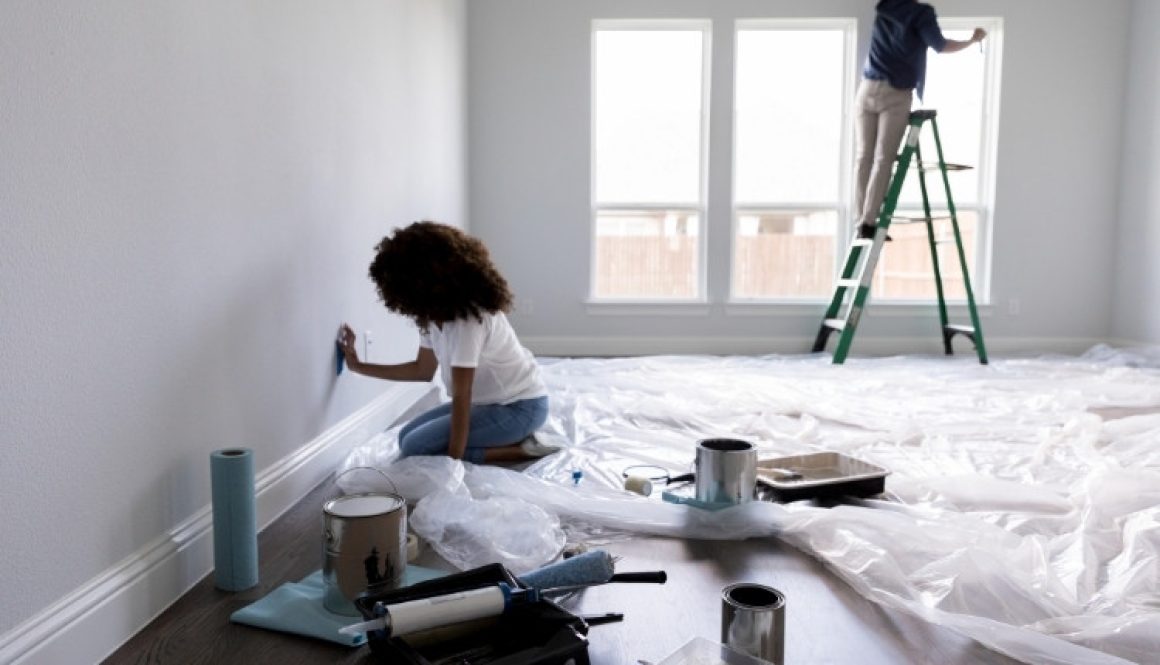How to Prepare a Room for Painting in Singapore
Before you pick up a brush or roller, you need to properly prepare a room for painting, especially in a place like Singapore, where homes often have built-in fixtures, limited ventilation, and high humidity. Many people skip the prep work and dive straight into painting, only to regret it when the paint starts peeling or stains appear on furniture.
As someone who has worked with clients across HDB flats, condos, and landed homes, I can say with confidence that painting success starts with solid preparation. If you’re living in a compact space, dealing with built-in carpentry, or simply want a clean finish, this guide has it all on how to prepare a room for painting in Singapore the right way. Also, LS Painter Singapore offers the best residential painting, house painting, and commercial painting services in Singapore.
Why It Matters to Prepare a Room for Painting in Singapore
Before diving into paint colors or tools, let’s talk about why preparation is so important. Whether you’re painting a bedroom in an HDB flat or a feature wall in a condo living room, skipping prep can result in:
- Uneven paint coverage
- Drips and spills on your flooring or furniture
- Paint flaking or peeling too soon due to trapped moisture or dust
Painting is more than just grabbing a roller and going at it. If you want a finish that looks professional and lasts, you have to prepare a room for painting the right way.
How to Prepare a Room for Painting
1. Clear the Space
Remove as much furniture as you can. If you live in a smaller unit like a 2-room HDB flat, push heavier items to the center and cover them with plastic sheets or old bedsheets. You want as much open wall space as possible.
- Take down curtains, blinds, wall art, and shelves.
- Unscrew outlet covers and switch plates for a cleaner paint edge.
- Wrap up ceiling fans and air-con units if you’re not removing them.

2. Protect the Floors
Flooring in Singapore homes is often made of tiles, laminate, vinyl, or parquet, all of which are prone to stains and scratches. Cover your floors with:
- Plastic sheets for wet areas or tiled floors
- Canvas drop cloths for better grip on parquet or vinyl
- Newspapers (as a last resort) if you’re in a pinch, but secure them well
Avoid thin plastic tablecloths from budget stores because they tear easily and can cause slipping.
3. Remove Fixtures and Fittings
Unplug and remove:
- Light switch covers
- Socket panels
- Curtain rods
- Aircon remote holders or wall hooks
For Singapore HDB flats, also check for fiber optic cables that might be surface-mounted and tape them off carefully.
Label the screws and place everything in a zip-lock bag so you don’t lose them during the project.
4. Clean the Walls
Humidity causes dust and mildew to cling to walls. Before you start painting:
- Use a damp cloth and a bit of detergent to clean the walls.
- In mold-prone areas like bathrooms or kitchens, use a diluted bleach solution.
- Let everything dry fully before proceeding.
This step is often skipped, but clean walls ensure better paint adhesion, especially in Singapore’s damp corners.
5. Repair and Smooth Surfaces
Inspect your walls for holes, cracks, and uneven textures.
- Use wall putty or filler to patch holes.
- Sand rough patches until smooth.
- Wipe the wall down again after sanding to remove dust.
This is a must if you want your new coat of paint to look seamless. Especially in older HDB flats, you’ll often find hairline cracks or pitted areas.

6. Tape and Edge Carefully
Use painter’s tape around edges, door frames, window trims, and skirting boards. This gives your paint a professional look. In Singapore, it’s common for apartments to have minimal trimming, but clean edges still matter.
You don’t want to rush through this part. Take your time, as this is the finishing touch to prepare a room for painting with precision.
Tips for Room Painting Success
- Ventilation is Key: Open windows and use standing fans to keep air circulating, especially if you’re using oil-based paints. But avoid high-humidity days to prevent blistering or streaking.
- Use the Right Primer: For moisture-prone areas, use a mold-resistant primer. Nippon and Dulux offer formulas suitable for tropical climates.
- Plan Your Schedule: It’s best to paint early in the day. It gives the paint ample time to dry before evening humidity sets in.
Final Thoughts
Taking the time to prepare a room for painting can feel like a tedious task, but it pays off in the end. Whether you need to paint your whole place or just make a few changes after buying your BTO, prepping will make the job go smoother, and the results last longer.
Don’t forget to consider how much space you have, air ventilation, and the humidity when you prepare a room for painting in Singapore. If you get it right the first time, you won’t have to make costly fixes later on.
So, gather your tools, clear your space, and get ready because once you prepare a room for painting properly, the rest is just brush strokes and satisfaction.


